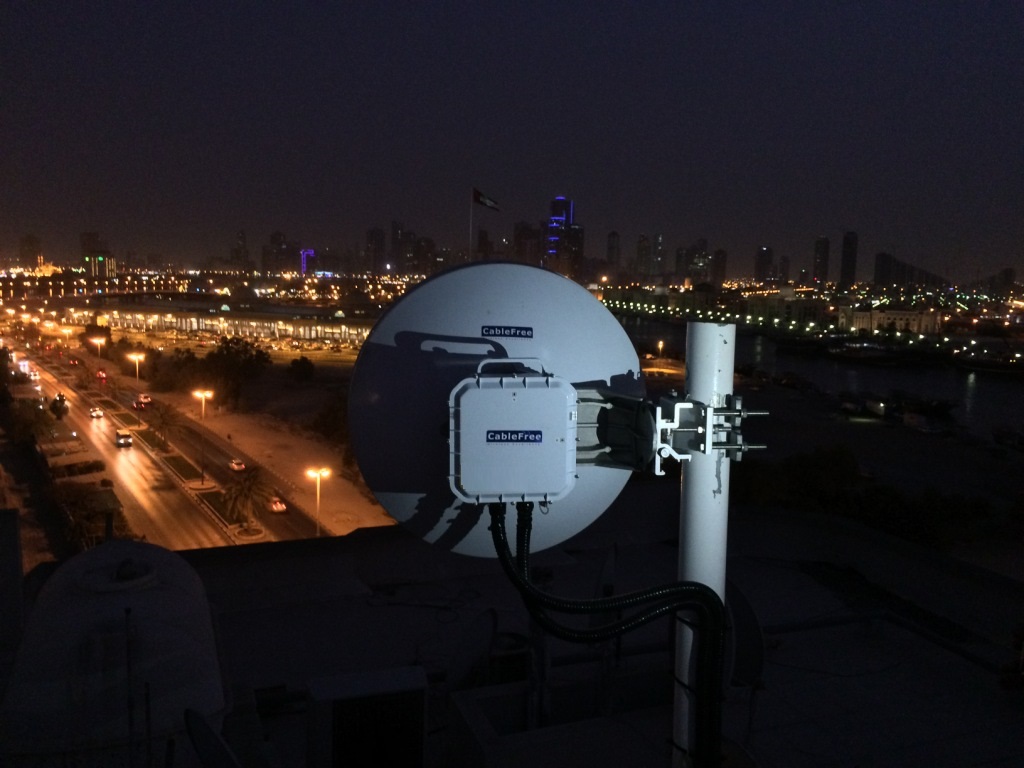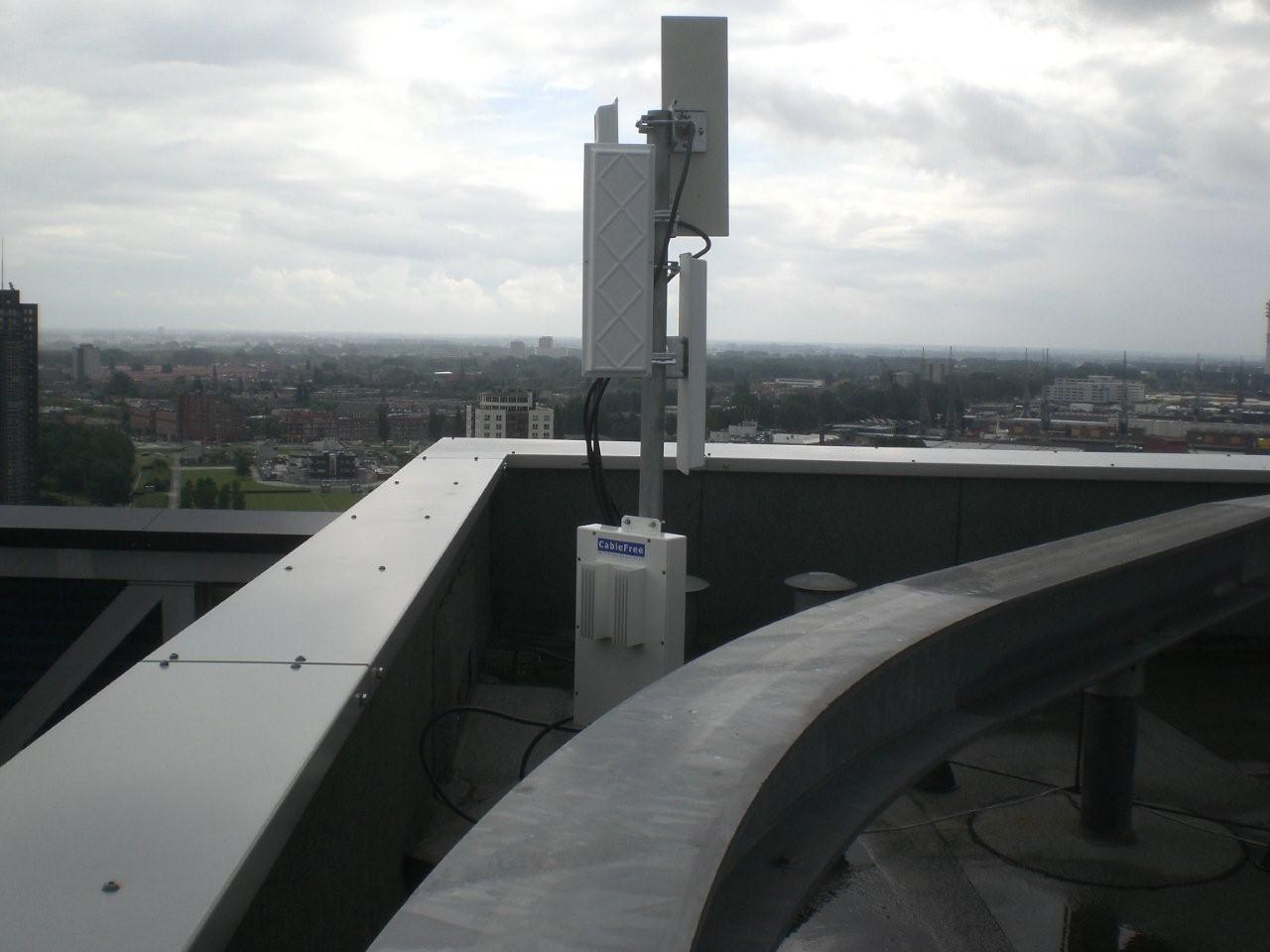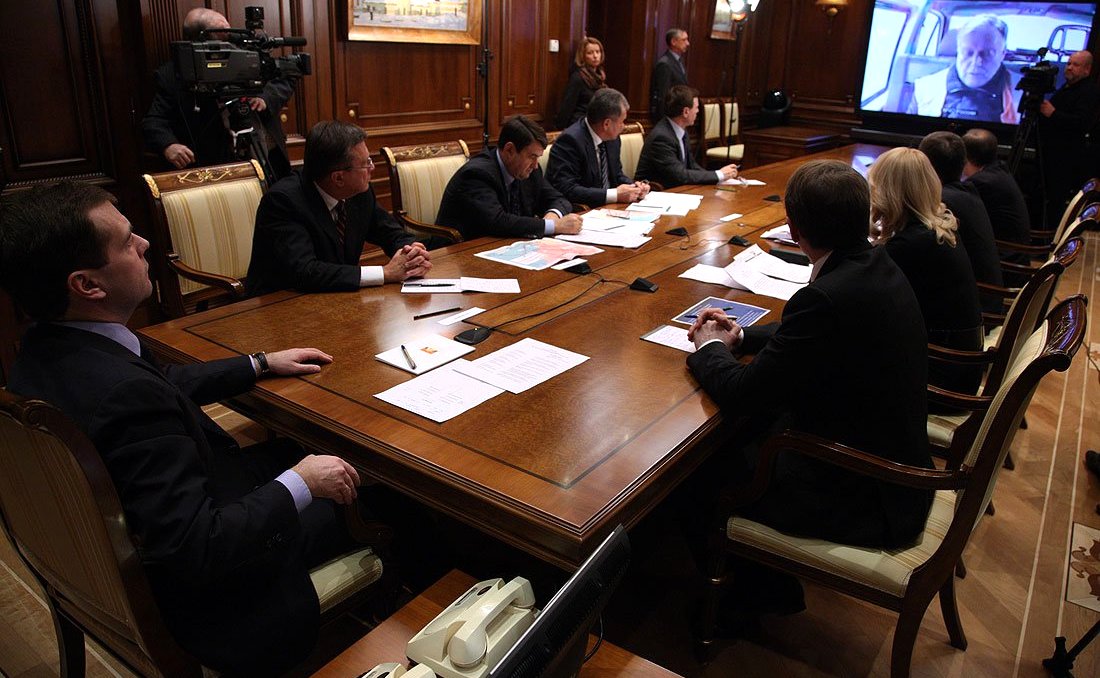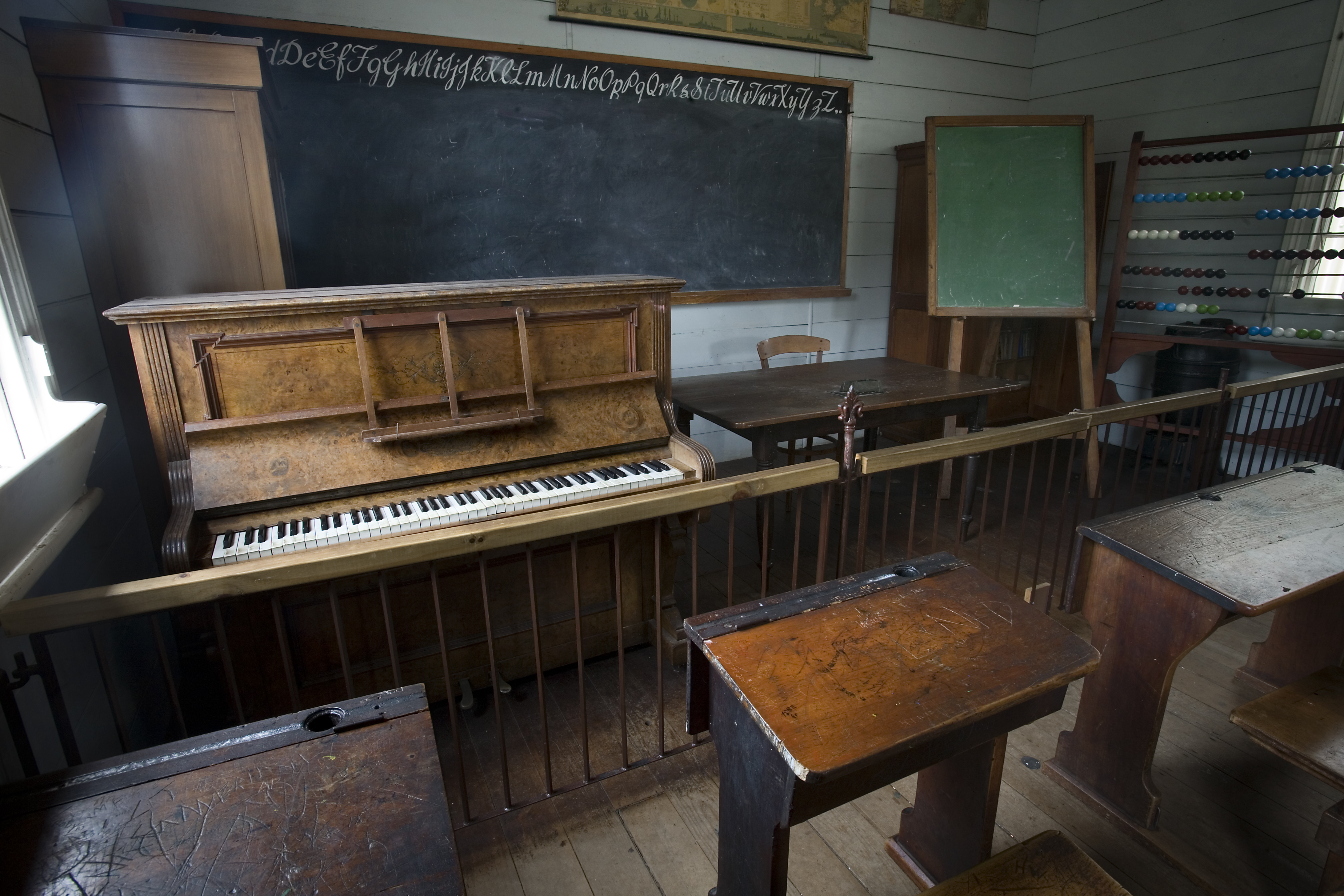|
Teletraining
Teletraining is training that # usually conveys live instruction via telecommunications facilities, # may be accomplished on a point-to-point basis or on a point-to-multipoint basis, and # may assume forms including teleseminars, a teleconference, or an electronic classroom, usually including both audio and video. ''Synonyms'' * distance education * distance learning * distance training * electronic classroom * virtual instruction See also * Audiovisual education Audiovisual education or multimedia-based education (MBE) is instruction where particular attention is paid to the audiovisual or multimedia presentation of the material with the goal of improving comprehension and retention. According to the Web ... References * Educational technology Telecommunication services Training Teleconferencing Videotelephony {{Telecommunications-stub ... [...More Info...] [...Related Items...] OR: [Wikipedia] [Google] [Baidu] |
Training
Training is teaching, or developing in oneself or others, any skills and knowledge or fitness that relate to specific useful competencies. Training has specific goals of improving one's capability, capacity, productivity and performance. It forms the core of apprenticeships and provides the backbone of content at institutes of technology (also known as technical colleges or polytechnics). In addition to the basic training required for a trade, occupation or profession, training may continue beyond initial competence to maintain, upgrade and update skills throughout working life. People within some professions and occupations may refer to this sort of training as professional development. Training also refers to the development of physical fitness related to a specific competence, such as sport, martial arts, military applications and some other occupations. Types Physical training Physical training concentrates on mechanistic goals: training programs in this area ... [...More Info...] [...Related Items...] OR: [Wikipedia] [Google] [Baidu] |
Telecommunications Facility
In telecommunications, a facility is defined by Federal Standard 1037C as: # A fixed, mobile, or transportable structure, including (a) all installed electrical and electronic wiring, cabling, and equipment and (b) all supporting structures, such as utility, ground network, and electrical supporting structures. # A network-provided service to users or the network operating administration. # A transmission pathway and associated equipment. # In a protocol applicable to a data unit, such as a block or frame, an additional item of information or a constraint encoded within the protocol to provide the required control. # A real property entity consisting of one or more of the following: a building, a structure, a utility system, pavement, and underlying land. Global Telecom Facility Telecommunications facility, is where a service can be offered. A location where a Incumbent Local Exchange Carriers (ILECs) have their Hardware to process Telecom services. A phone call made to Jamaica can ... [...More Info...] [...Related Items...] OR: [Wikipedia] [Google] [Baidu] |
Point-to-point (telecommunications)
In telecommunications, a point-to-point connection refers to a communications connection between two communication endpoints or nodes. An example is a telephone call, in which one telephone is connected with one other, and what is said by one caller can only be heard by the other. This is contrasted with a '' point-to-multipoint'' or ''broadcast'' connection, in which many nodes can receive information transmitted by one node. Other examples of point-to-point communications links are leased lines and microwave radio relay. The term is also used in computer networking and computer architecture to refer to a wire or other connection that links only two computers or circuits, as opposed to other network topologies such as buses or crossbar switches which can connect many communications devices. ''Point-to-point'' is sometimes abbreviated as '' P2P''. This usage of ''P2P'' is distinct from ''P2P'' meaning ''peer-to-peer'' in the context of file sharing networks or other data-s ... [...More Info...] [...Related Items...] OR: [Wikipedia] [Google] [Baidu] |
Point-to-multipoint
In telecommunications, point-to-multipoint communication (P2MP, PTMP or PMP) is communication which is accomplished via a distinct type of one-to-many connection, providing multiple paths from a single location to multiple locations. Point-to-multipoint telecommunications is typically used in wireless Internet and IP telephony via gigahertz radio frequencies. P2MP systems have been designed with and without a return channel from the multiple receivers. A central antenna or antenna array broadcasts to several receiving antennas and the system uses a form of time-division multiplexing to allow for the return channel traffic. Modern point-to-multipoint links In contemporary usage, the term point-to-multipoint wireless communications relates to fixed wireless data communications for Internet or voice over IP via radio or microwave frequencies in the gigahertz range. Point-to-multipoint is the most popular approach for wireless communications that have a large number of nodes, ... [...More Info...] [...Related Items...] OR: [Wikipedia] [Google] [Baidu] |
Teleseminars
Teleseminars are used to provide information, training, or promote or sell products to group of people interested in a particular topic. They are similar to traditional seminars, in content and purpose, but they are given over a teleconference or bridgeline rather than at a specific location. It is an emerging way to communicate, provide teletraining, and conduct business without the cost of travel. The host of the teleseminar will schedule a specific time and date in advance to communicate with his/her audience. The audience can vary in size from a few callers to 1,000 participants depending on the capacity of the bridgeline used and the popularity of the topic being discussed. History The first generation of teleseminars can be traced from 1990, when there were only three types of teleseminars were available audio, video and audiographs. Usage Teleseminars provide an opportunity for a host to provide information to a large number of people at one time. It allows a trainer ... [...More Info...] [...Related Items...] OR: [Wikipedia] [Google] [Baidu] |
Teleconference
A teleconference is the live exchange of information among several people remote from one another but linked by a telecommunications system. Terms such as audio conferencing, telephone conferencing and phone conferencing are also sometimes used to refer to teleconferencing. The telecommunications system may support the teleconference by providing one or more of the following: audio, video, and/or data services by one or more means, such as telephone, computer, telegraph, teletypewriter, radio, and television. Telcon is used as an abbreviation for both "telephone conference" and "telephone conversation". Internet teleconferencing Internet teleconferencing includes internet telephone conferencing, videotelephony, web conferencing, and augmented reality conferencing. Internet telephony involves conducting a teleconference over the Internet or a wide area network. One key technology in this area is Voice over Internet Protocol Voice over Internet Protocol (VoIP), also called ... [...More Info...] [...Related Items...] OR: [Wikipedia] [Google] [Baidu] |
Video
Video is an electronic medium for the recording, copying, playback, broadcasting, and display of moving visual media. Video was first developed for mechanical television systems, which were quickly replaced by cathode-ray tube (CRT) systems which, in turn, were replaced by flat panel displays of several types. Video systems vary in display resolution, aspect ratio, refresh rate, color capabilities and other qualities. Analog and digital variants exist and can be carried on a variety of media, including radio broadcast, magnetic tape, optical discs, computer files, and network streaming. History Analog video Video technology was first developed for mechanical television systems, which were quickly replaced by cathode-ray tube (CRT) television systems, but several new technologies for video display devices have since been invented. Video was originally exclusively a live technology. Charles Ginsburg led an Ampex research team developing one of the first pr ... [...More Info...] [...Related Items...] OR: [Wikipedia] [Google] [Baidu] |
Distance Education
Distance education, also known as distance learning, is the education of students who may not always be physically present at a school, or where the learner and the teacher are separated in both time and distance. Traditionally, this usually involved correspondence courses wherein the student corresponded with the school via mail. Distance education is a technology mediated modality and has evolved with the evolution of technologies such as video conferencing, TV, and internet. Today, it usually involves online education and the learning is usually mediated by some form of technology. A distance learning program can be completely distance learning, or a combination of distance learning and traditional classroom instruction (called hybrid or blended). Other modalities include distance learning with complementary virtual environment or teaching in virtual environment (e-learning). Massive open online courses (MOOCs), offering large-scale interactive participation and open access ... [...More Info...] [...Related Items...] OR: [Wikipedia] [Google] [Baidu] |
Electronic Classroom
Educational technology (commonly abbreviated as edutech, or edtech) is the combined use of computer hardware, software, and educational theory and practice to facilitate learning. When referred to with its abbreviation, edtech, it often refers to the industry of companies that create educational technology. In addition to the practical educational experience, educational technology is based on theoretical knowledge from various disciplines such as communication, education, psychology, sociology, artificial intelligence, and computer science. It encompasses several domains including learning theory, computer-based training, online learning, and m-learning where mobile technologies are used. Definition The Association for Educational Communications and Technology (AECT) has defined educational technology as "the study and ethical practice of facilitating learning and improving performance by creating, using and managing appropriate technological processes and resources". It ... [...More Info...] [...Related Items...] OR: [Wikipedia] [Google] [Baidu] |
Audiovisual Education
Audiovisual education or multimedia-based education (MBE) is instruction where particular attention is paid to the audiovisual or multimedia presentation of the material with the goal of improving comprehension and retention. According to the Webster dictionary, audio-visual materials is defined as "training or educational materials directed at both the senses of hearing and the sense of sight, films, recordings, photographs, etc. used in classroom instructions, library collections or the likes". History The concept of audiovisual aids is not new and can be traced back to seventeenth century when John Amos Comenius (1592–1670), a Bohemian educator, introduced pictures as teaching aids in his book Orbis Sensualium Pictus ("picture of the Sensual World") that was illustrated with 150 drawings of everyday life. Similarly, Jean Rousseau (1712–1778) and JH Pestalozzi (1746–1827) advocated the use of visual and play materials in teaching. More recently, audiovisual aids were also ... [...More Info...] [...Related Items...] OR: [Wikipedia] [Google] [Baidu] |
Educational Technology
Educational technology (commonly abbreviated as edutech, or edtech) is the combined use of computer hardware, software, and educational theory and practice to facilitate learning. When referred to with its abbreviation, edtech, it often refers to the industry of companies that create educational technology. In addition to the practical educational experience, educational technology is based on theoretical knowledge from various disciplines such as communication, education, psychology, sociology, artificial intelligence, and computer science. It encompasses several domains including learning theory, computer-based training, online learning, and m-learning where mobile technologies are used. Definition The Association for Educational Communications and Technology (AECT) has defined educational technology as "the study and ethical practice of facilitating learning and improving performance by creating, using and managing appropriate technological processes and resources". I ... [...More Info...] [...Related Items...] OR: [Wikipedia] [Google] [Baidu] |
Telecommunication Services
Telecommunication is the transmission of information by various types of technologies over wire, radio, optical, or other electromagnetic systems. It has its origin in the desire of humans for communication over a distance greater than that feasible with the human voice, but with a similar scale of expediency; thus, slow systems (such as postal mail) are excluded from the field. The transmission media in telecommunication have evolved through numerous stages of technology, from beacons and other visual signals (such as smoke signals, semaphore line, semaphore telegraphs, signal flags, and optical heliographs), to electrical cable and electromagnetic radiation, including light. Such transmission paths are often divided into communication channels, which afford the advantages of multiplexing multiple concurrent Session (computer science), communication sessions. ''Telecommunication'' is often used in its plural form. Other examples of pre-modern long-distance communication inclu ... [...More Info...] [...Related Items...] OR: [Wikipedia] [Google] [Baidu] |








